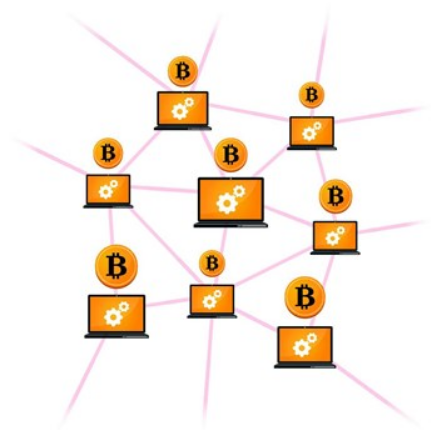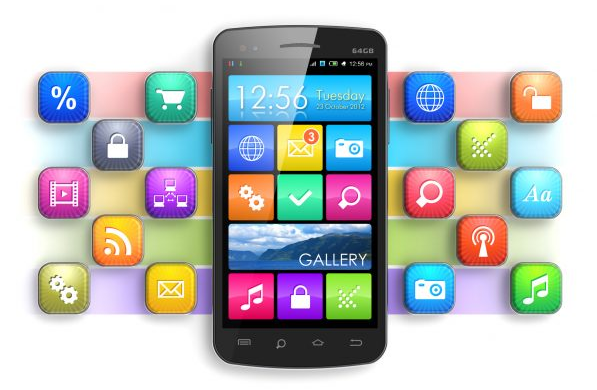Guide to developing applications using Bitcoin

This guide will tell you how to make your APP step by step, which will present the mental map of the different parts that make up the basic APP and how to interact.
Of course, it is very important to know the basics of Bitcoin
We start with how to interact with Bitcoin
it can be done in two ways:
1. installing your own Bitcoin node, for that you have to have:
Computer or device with recent versions of Windows, OS X, or Linux.
250 GB of free disk space minimum.
2GB of RAM memory.
An Internet connection with at least 400 kilobits/second.
If you want it to have a full node, it must be available at least 6 hours per day and act as a node.
At this point, you can do other things while you have the wallet open.
Check that your device does not switch to sleep mode and reduce its capacity.
2. Use the others node.
In both cases, it interacts through API. Sometimes simpler APIs are used, like RESTful, while other APIs are a bit more troublesome in terms of JSON-RPC. Fortunately, however, programmers already have reusable open source libraries to simplify these two situations if necessary.
A Bitcoin node is made up of 3 notable parts:

Demon: It connects to other nodes, which allows the creation of P2P networks, where all events that occur on the network are exchanged as sockets.
Blockchain: a database that records events locally at each node. Your application doesn't actually use the database, but uses its own database when necessary.
API: The event is converted to a JSON response and transmitted through the port, it may or may not be protected by external listeners.
Our application
Of course, you can develop applications in the language of your choice, you don't need to know too much about how Bitcoin nodes work.
A simple application consists of a back-end, a database, and a front-end. Nothing new so far. You can put an API or not... normally. Whenever the backend wants to interact with the Bitcoin network, it can call the node's RPC API or listen to it to make a decision.
And now is when we join: Our application with the Bitcoin node

Suppose we want to make a blockchain browser. We just need to let our back-end listen to all the events that happen in our node (it will notify us what is happening on the network) and save the information that the node passes us in our database so that we can keep track. until consultation of the order.
It should be noted that using an open source development called Insight by BitPay, you have an APP similar to a blockchain browser and a blockchain browser, with its own RESTful API in private or public mode to interact with your application, with open source called Insight by BitPay .

A tip: if this is your first time developing in Bitcoin, it is best to rent a server (for example, one from OVH, 5 euros per month), it is a small investment and they will provide you with one. it is used as many times as necessary for the dedicated machine that is ready to be "cracked". In addition, downloading the blockchain there will be faster and more comfortable. You can then develop your application locally, using the API of the Bitcoin node that rents the machine.
With this, you can outline in your mind everything you need to start creating your application. Depending on the language you want to use, you just need to find the necessary libraries.

good info :D
thank you
Very interesting information, thank you
Muchas gracias, espero que el post que estoy escribiendo ahora mismo le guste también, un saludo